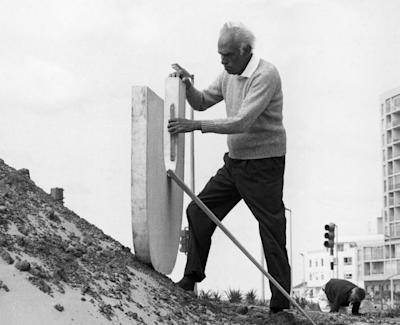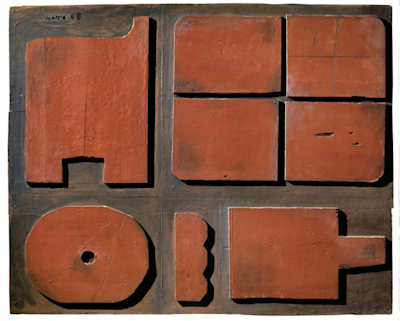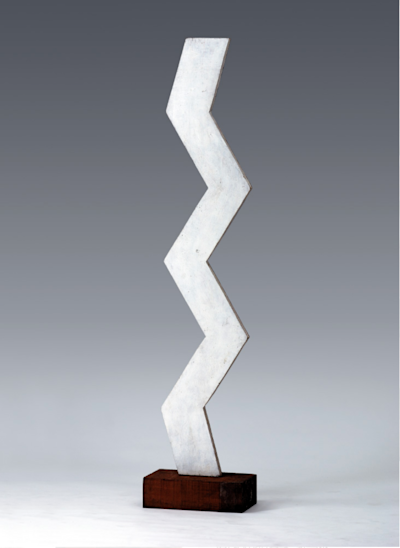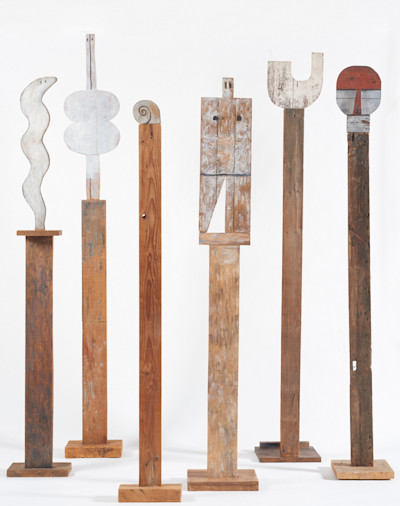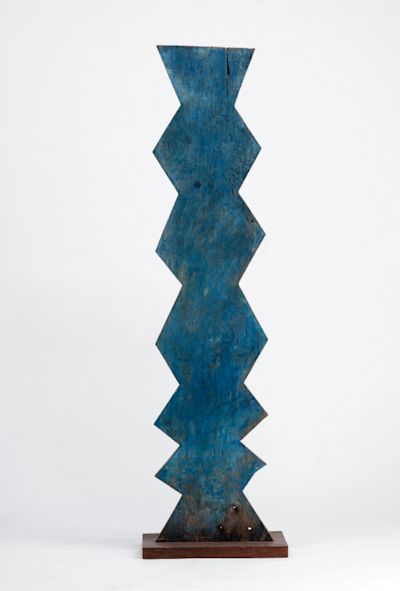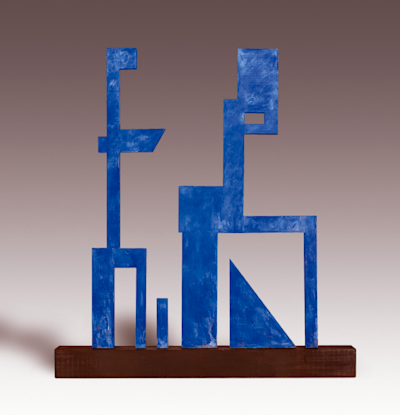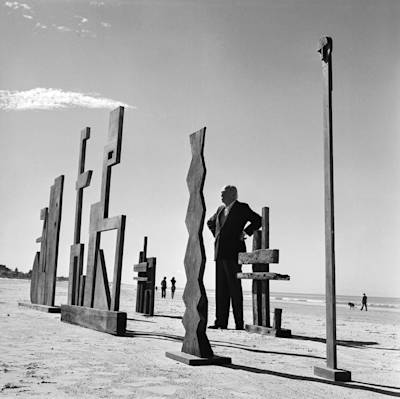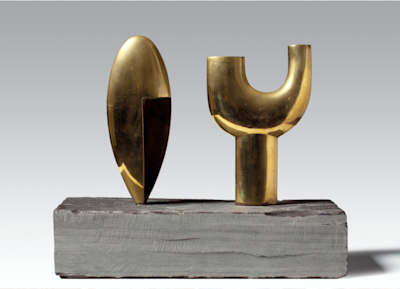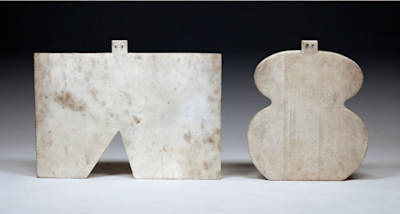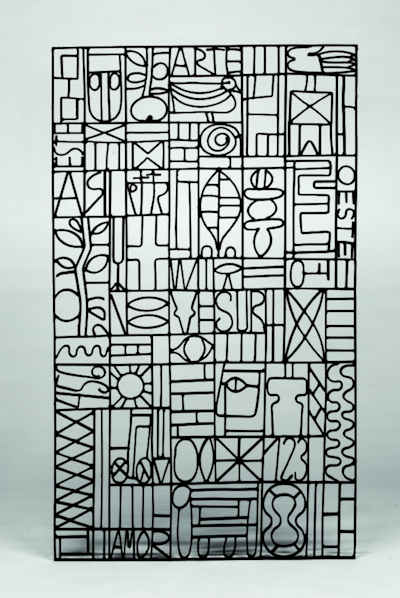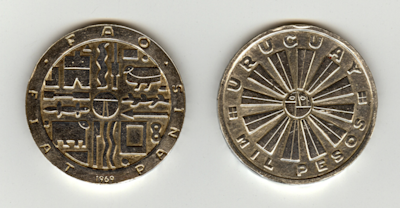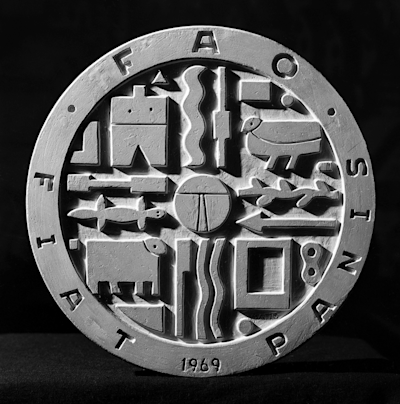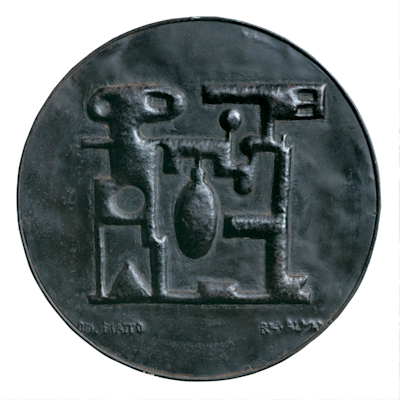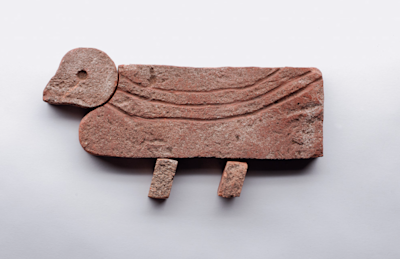Matto’s Sculptures
07.26.2018

Francisco Matto (1911 - 1995) was born in Montevideo, Uruguay, to a family inclined towards the arts: his mother wrote poems and his father loved music. Educated at home by tutors on his family's estate, Matto was allowed the freedom to explore creative outlets such as drawing and painting, and taking classes with artist Carlos Rúfalo. Matto established himself as a craftsman and self-taught painter; working on a variety from illustrations, paintings, sculptures and objects that hosted a constructivist aesthetic. Matto’s choice in sculptural material consisted of crude wood pieces.
Inspired by his great admiration for the native mountains, Matto drew inspiration from the animals, plants, and shapes of his surroundings. His approach was paired with his idea of capturing space and time, wanting to reflect his passion for the native mountains.
In 1932, at the age of 21, Matto traveled to the territory of the Mapuche tribe in Southern Chile. There, he began his lifelong passion for collecting pre-Colombian art. This would also influence his craft in a new way, re-creating vertical sculptural poles inspired by the Mapuche’s wooden funeral poles that were among the indigenous cemeteries. This totem figure would continue to inspire him to explore making tall wooden odd shaped sculptures. Following this creative insight, Matto began painting on wood in irregular forms in 1938.
Matto’s approach to his pieces entailed focusing on the most important lines and isolating the main elements, working to gradually eliminate unnecessary parts within the composition to arrive at an expression of simplicity. In his words, ”If we don’t attain the elemental forms we will never be able to arrive at the mystery”.

